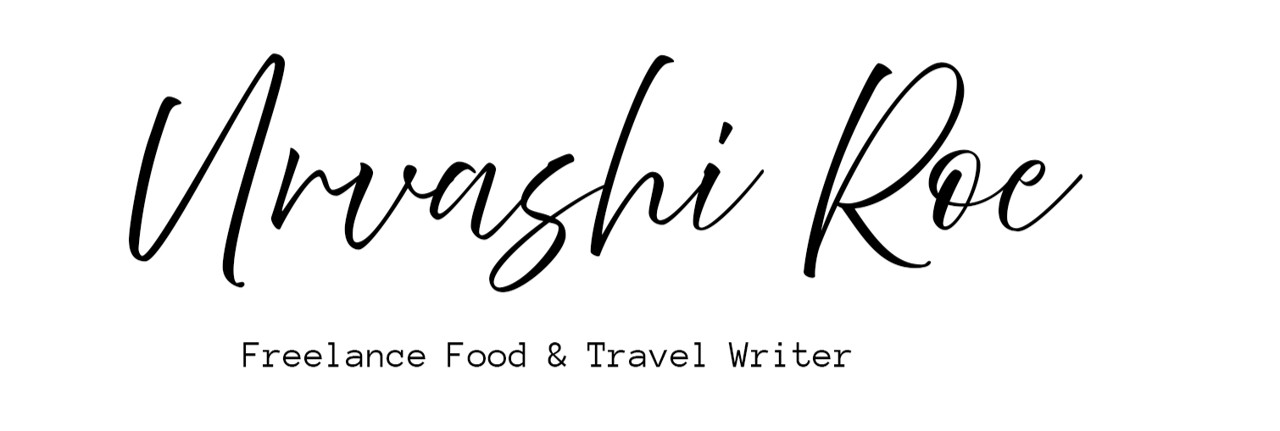As I grow older I find myself getting more and more irritated at New Year’s resolutions. I tend to review and set myself goals monthly because things move on so quickly so I find waiting once a year to kick start something is a little late. But that being said, all the detox hype in the media of late has prompted me to think about what I’m eating and how I could make it healthier.
There is a very simple answer. Cut out cheese. I need it for calcium, fat and protein as I don’t eat meat but I do eat rather too much. I quick look in the fridge just now turned up about 10 packets of different cheeses! Late night munchies. What can I say?
Exploring different seeds
One thing I have started to do is explore more seeds and grains and try to incorporate them into my daily eating. The book Grains, Seeds and Legumes is a wonderful thought starter.
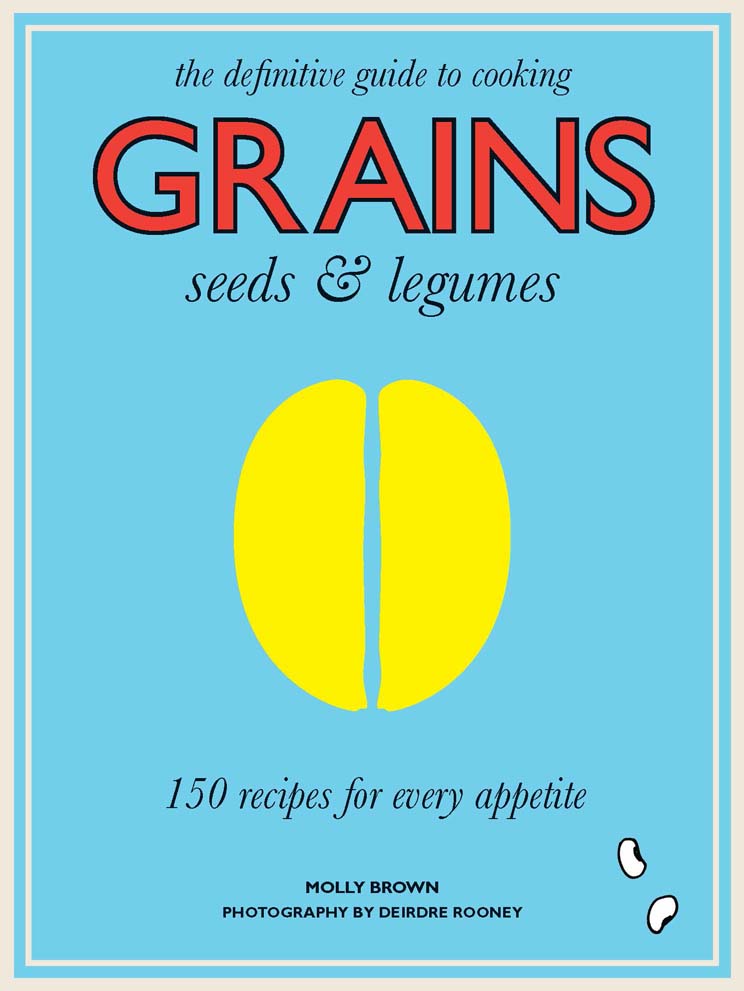
The introduction gives an incredibly comprehensive summary of the different types of seeds, grains and pulses that are actually rather readily available once you start looking. Sunflower, pumpkin and sesame seeds have a firm presence on my shelves. I replenish frequently from my Indian grocer as this is far cheaper than health food stores or supermarkets.
But in this book I discovered poppy seeds, hemp seeds, linseeds and chia seeds. I use poppy seeds for baking but I had not realised they were so full of fibre and calcium. Adding them to bread, porridge, salads, soups and dips has been easy. This is the same with chia seeds. They are a little expensive to buy but I find that a few tablespoons in my cereal in the morning keep me full til about 1pm vs 11am when I usually start to get hungry. They too are fibre rich but also a good protein source.
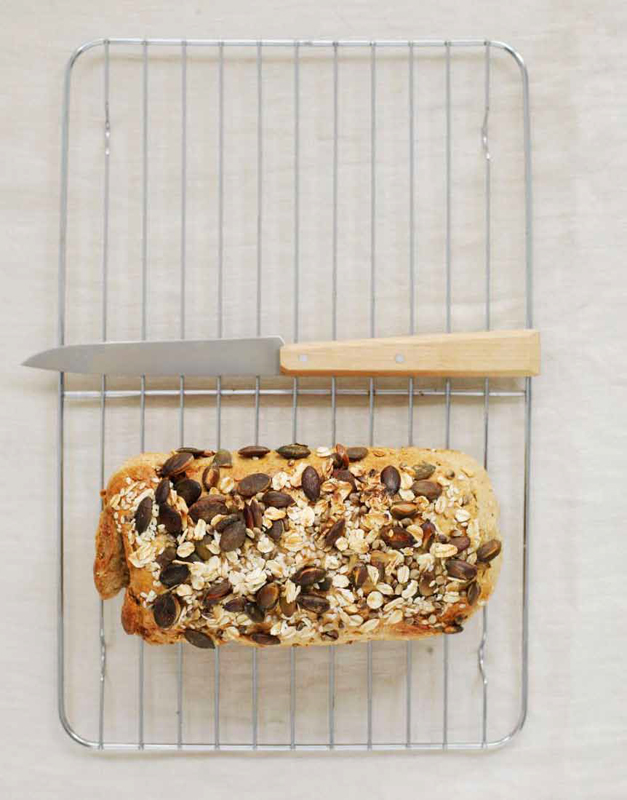
Trying out more grains
My staple grains are rice, quinoa, bulgur wheat and couscous. This book has made me think a little more about barley, buckwheat and millet. I had all those in my cupboard from various shopping trips but the packets have largely remained unopened. I’ve started to use all of them in place of or alongside my staples as the cooking time is so quick and there is no soaking required. In fact Clearspring do some great mixes which are perfect for midweek suppers.
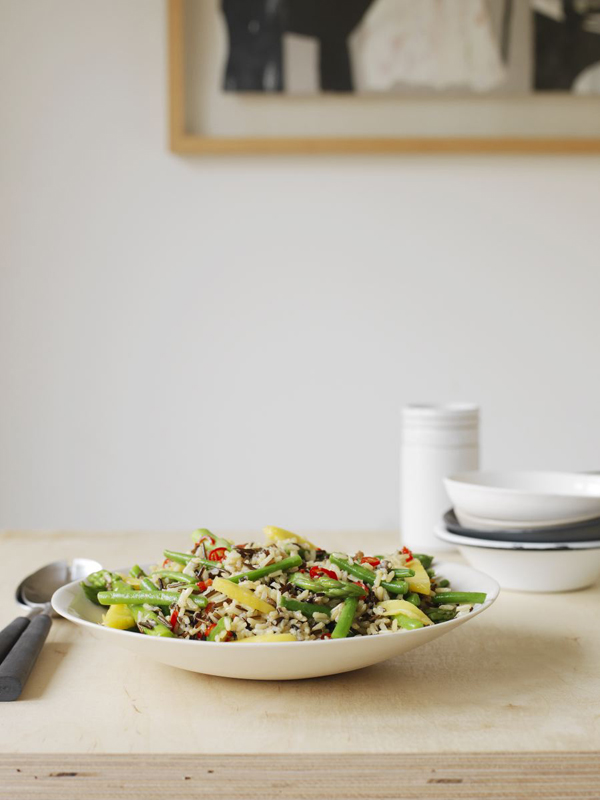
Freekah is another grain which has been touted the trend for 2015. I love this Freekah and Beetroot Salad by Sarah at Maison Cupcake. It’s a great example of how you can add a few tablespoons and power up something you are already doing. Grains I have on my list from the book are farro, spelt (not the flour which I already use but the grain itself), amaranth and kamut. All are rich protein sources.
Keeping up my lentils and pulses
I already eat a lot of lentils and pulses. In fact I teach a course specifically on cooking these the Indian way at Demuths Cookery School in Bath. This book comprehensively covers brown, green, puy and red lentils, haricot, flageolet, borlotti, pinto, adzuki and kidney beans plus a whole host more. There are very detailed explanations of how and when to soak plus images so you can be sure to buy the right thing.
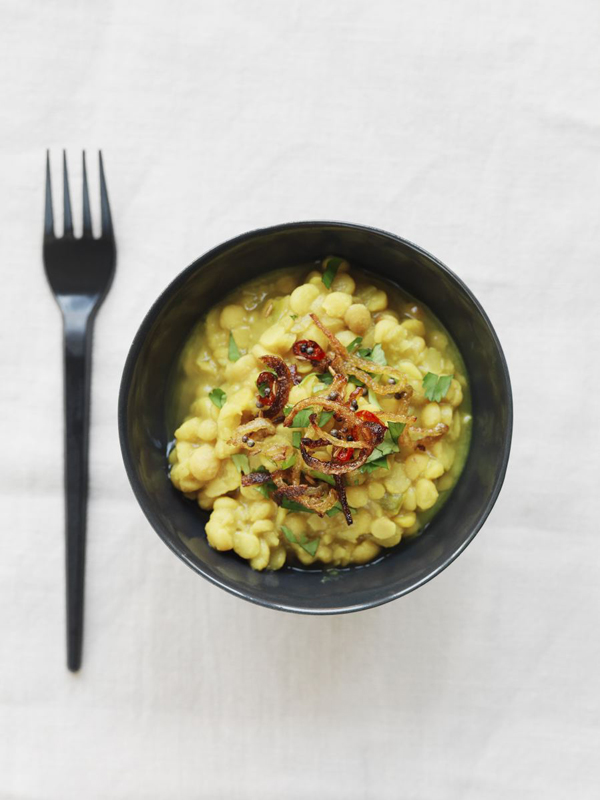
Seed Milk, Grain Crackers and Dip Toppings
The book is well laid out and provides multi cultural dishes as inspiration. The recipes are easy to follow with a handy list of what to buy from the grocer and greengrocer. What I also like is that there are step by step guide, illustrated instructions for sprouting, seed milk, dukkah and multi grain, multi seed crackers.
In summary, this is a good book to leaf through over a breakfast of six grain porridge and plan a better lunch or supper.
Book details
Hardcover: ISBN: 978 – 174270735 Published by Hardie Grant
- Oatmeal, Other Grains May Lengthen Life (guardianlv.com)
- Where Do Sesame Seeds Come From, Anyway? (huffingtonpost.com)
- North African Stew with Freekah (kelliesfoodtoglow.com
- Fig and Blackberry Crumble with Oats and Quinoa (franglaiskitchen.com)
